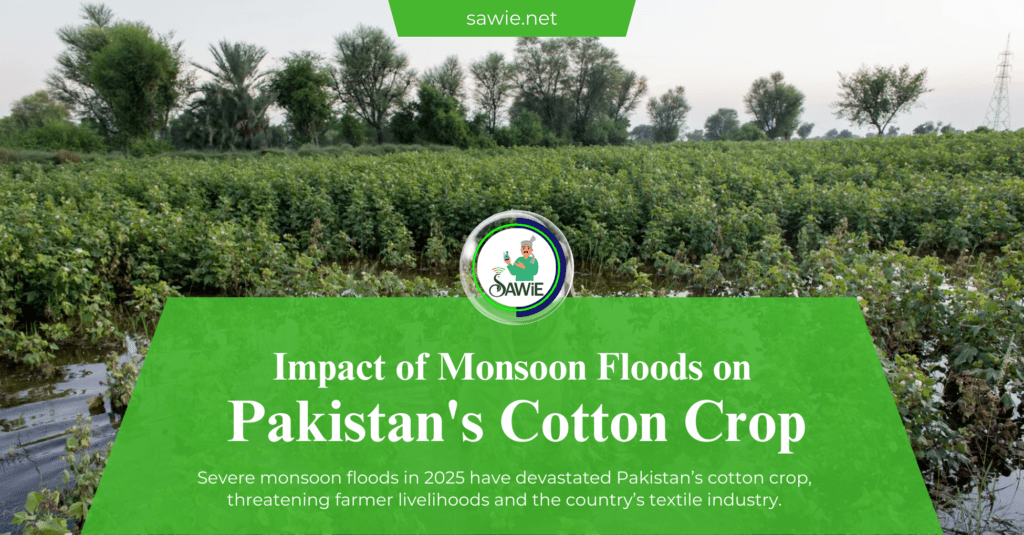News
Impact of Monsoon Floods on Pakistan's Cotton Crop

Top News
The 2025 monsoon season has brought devastating rains and floods, ranking among Pakistan’s most severe natural disasters in recent decades. The calamity has already claimed hundreds of lives, displaced millions, and caused widespread destruction to housing, infrastructure, livestock, and agricultural land. Punjab and Khyber Pakhtunkhwa provinces have been the hardest hit so far, and with more rain forecasted, the threat of further flooding remains. Rising water levels in the Indus River are also expected to affect Sindh province in the coming days.
Beyond the immediate humanitarian crisis, the disaster has dealt a heavy blow to Pakistan’s agriculture-dependent economy. Key crops that form the backbone of the country’s textile and food industries including cotton, rice, and sugarcane have suffered severe damage at a critical stage of growth.
Cotton, in particular, is facing a dire situation. Already struggling with a multi-year decline in production, the crop is now expected to record significant losses. A comprehensive assessment can only be made once floodwaters recede and conditions stabilize. However, experts warn that prolonged humidity caused by the extended monsoon is likely to trigger pest infestations, further reducing yields and damaging fiber quality.
According to the Pakistan Cotton Ginners Association (PCGA), arrivals at ginneries up to August 31 totaled 1,335,632 bales (each approximately 150 kg). Despite anticipated losses in local output, the cotton market remains subdued. Prices are currently range-bound between Rs. 15,600 to Rs. 16,300 per mound, reflecting weak buyer interest.
One major factor behind this muted activity is the growing preference of textile spinners for imported cotton, particularly from the United States and Brazil. Imported varieties are favored for their superior quality and competitive international pricing, leaving local farmers at a disadvantage.
This shift away from domestic cotton is dealing a substantial financial blow to growers. Larger unsold stocks compared to last year highlight the severity of the situation: 200,700 bales this year versus just 53,564 bales at the same time last year. These figures underscore the widening gap between local supply and market demand, further straining farmers who are already grappling with the flood’s devastation.
The road ahead remains uncertain. While the immediate priority is humanitarian relief and rehabilitation, Pakistan must also address the longer-term challenges facing its agricultural sector. Without targeted interventions and support for cotton farmers, the country risks deepening its dependence on imports, threatening both rural livelihoods and the stability of its crucial textile industry.



